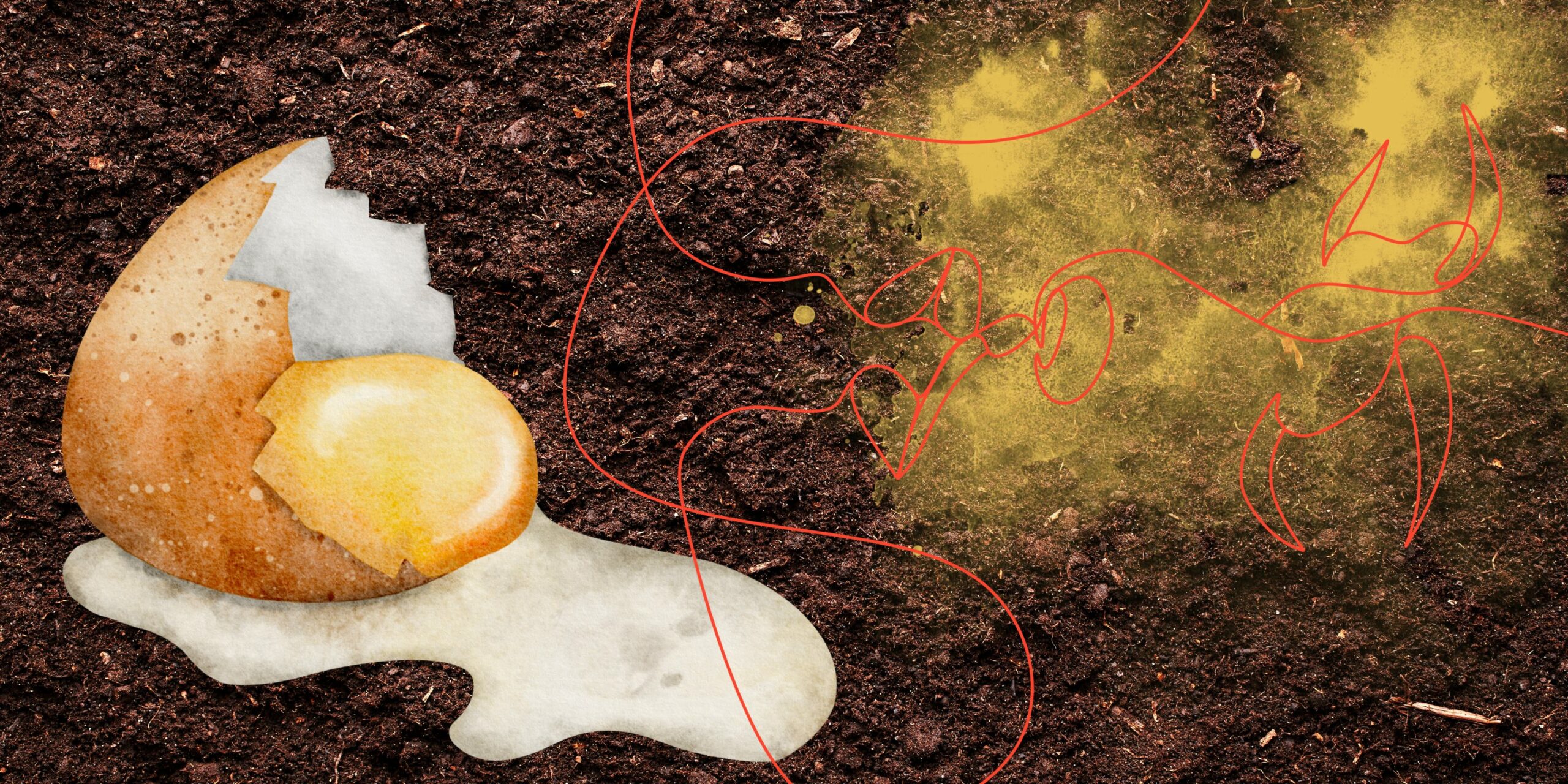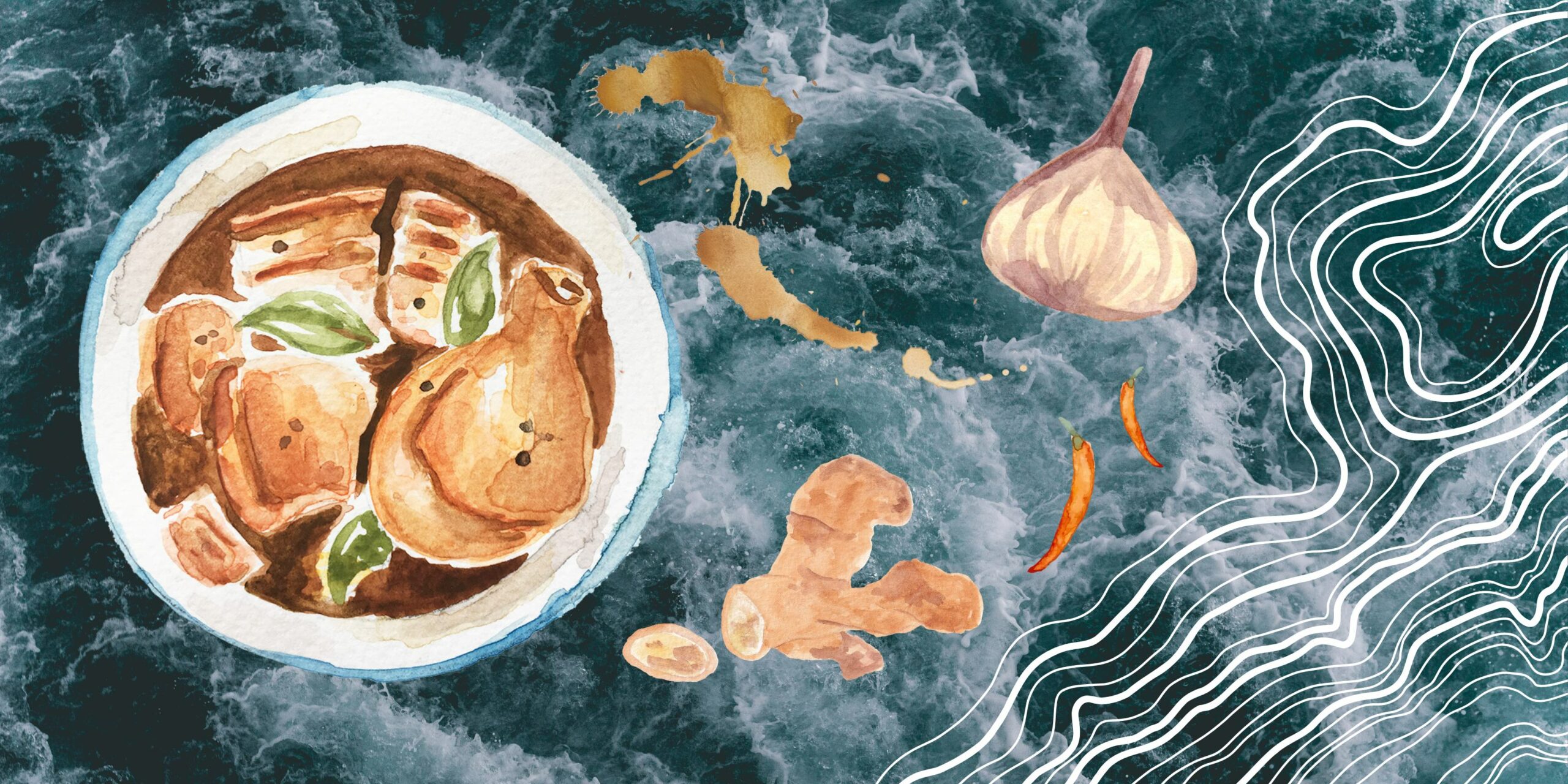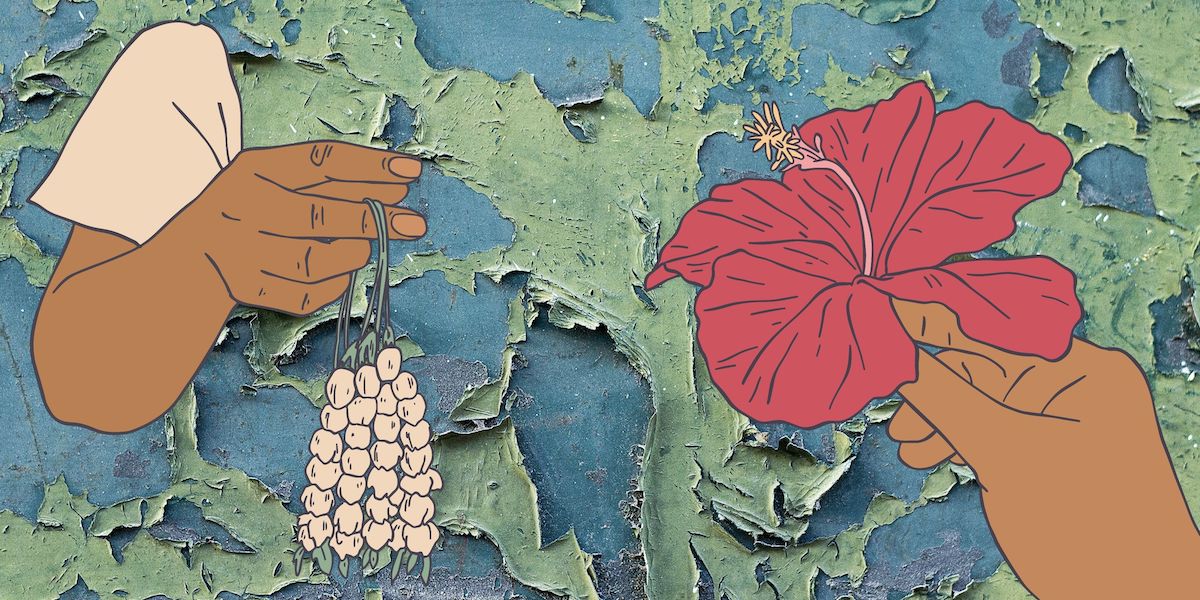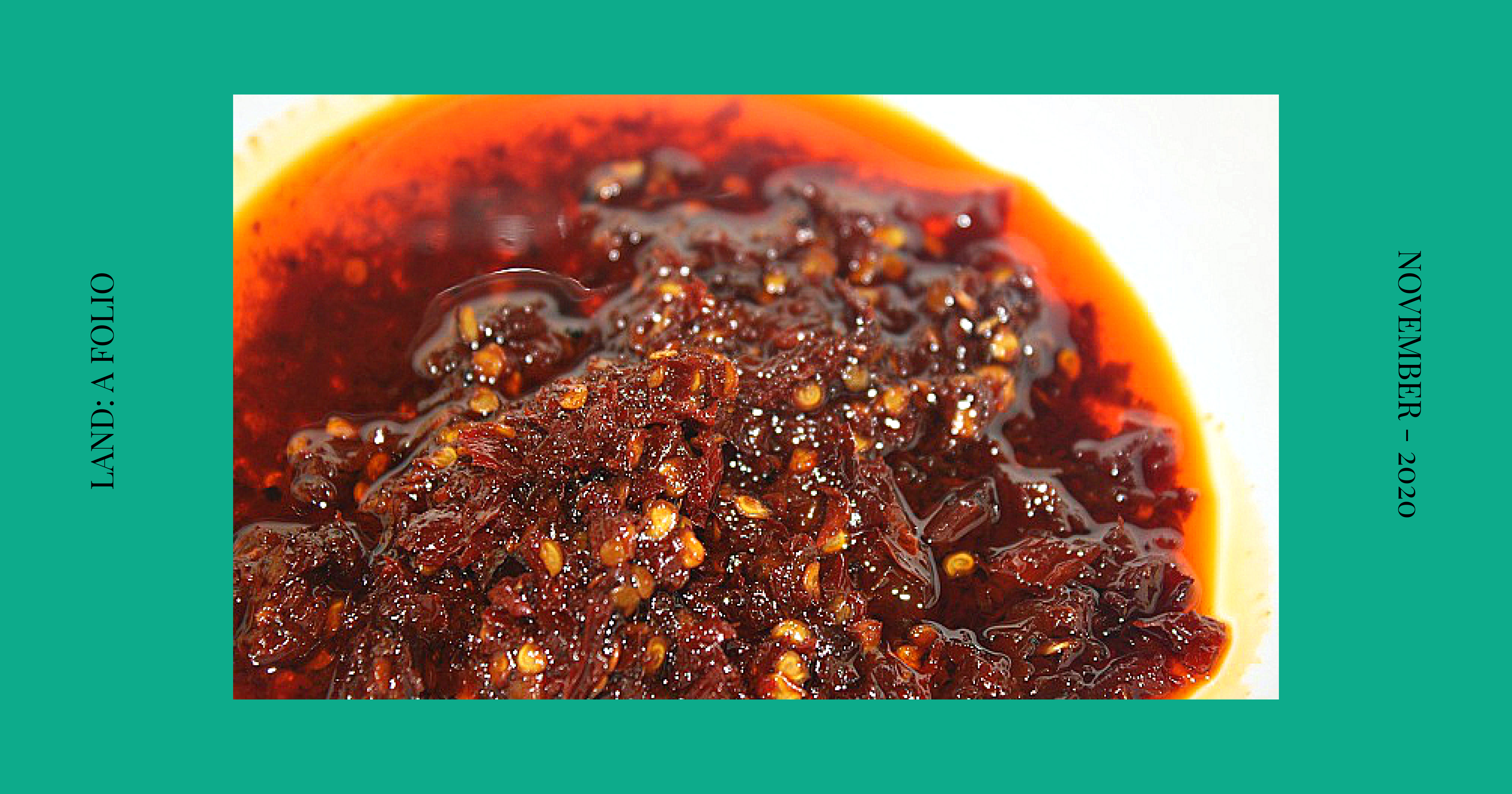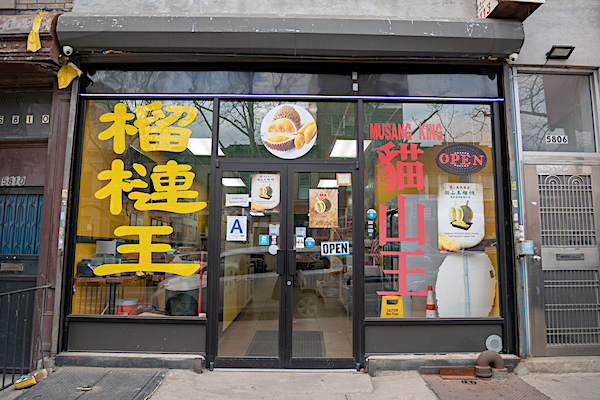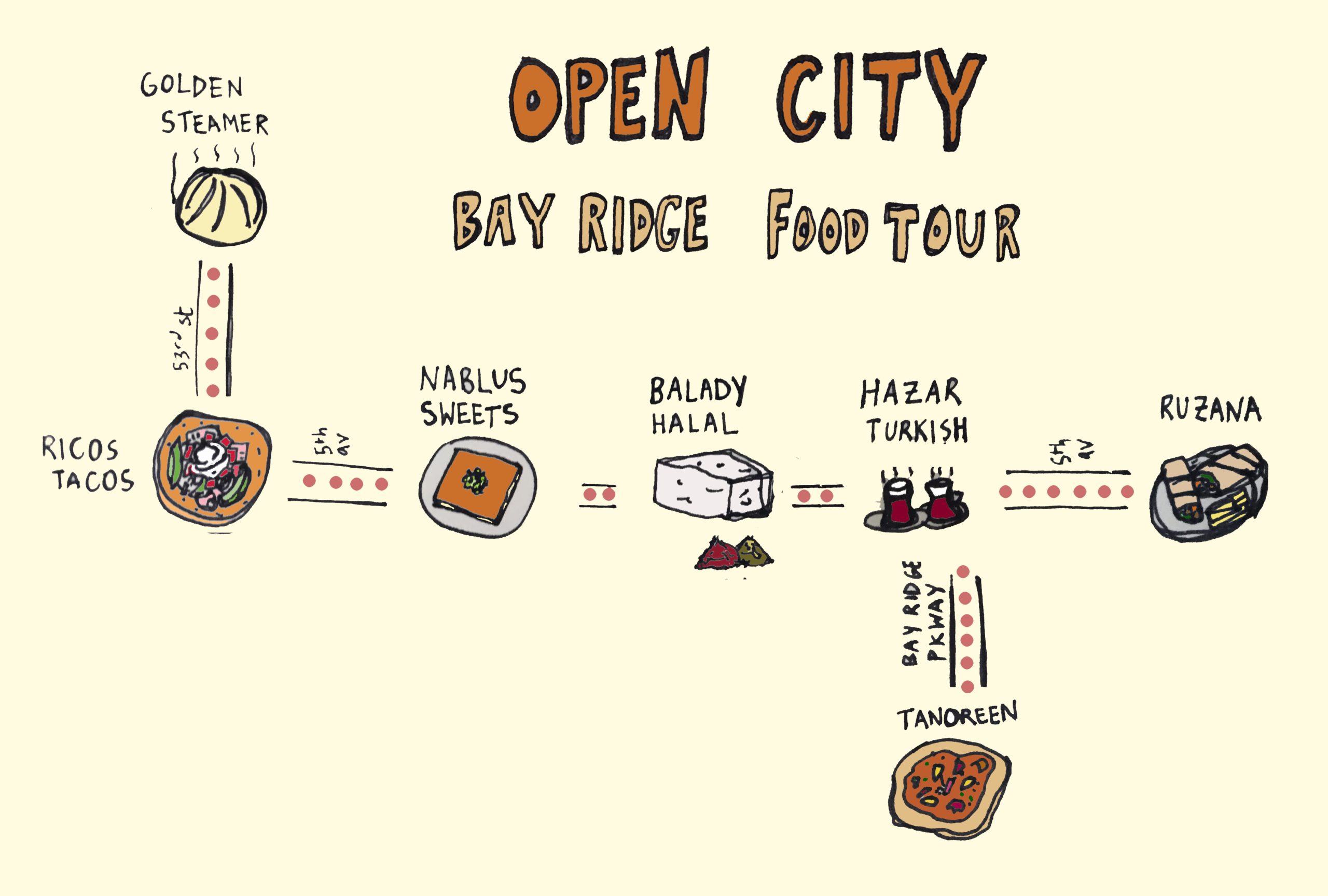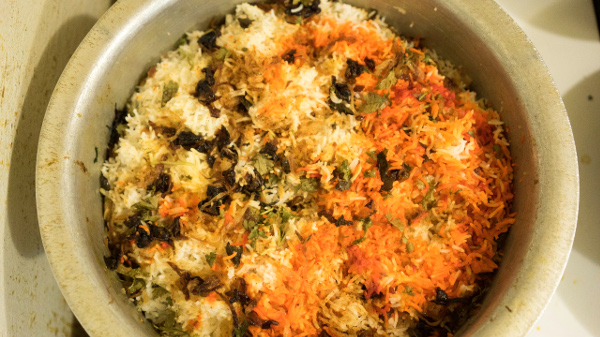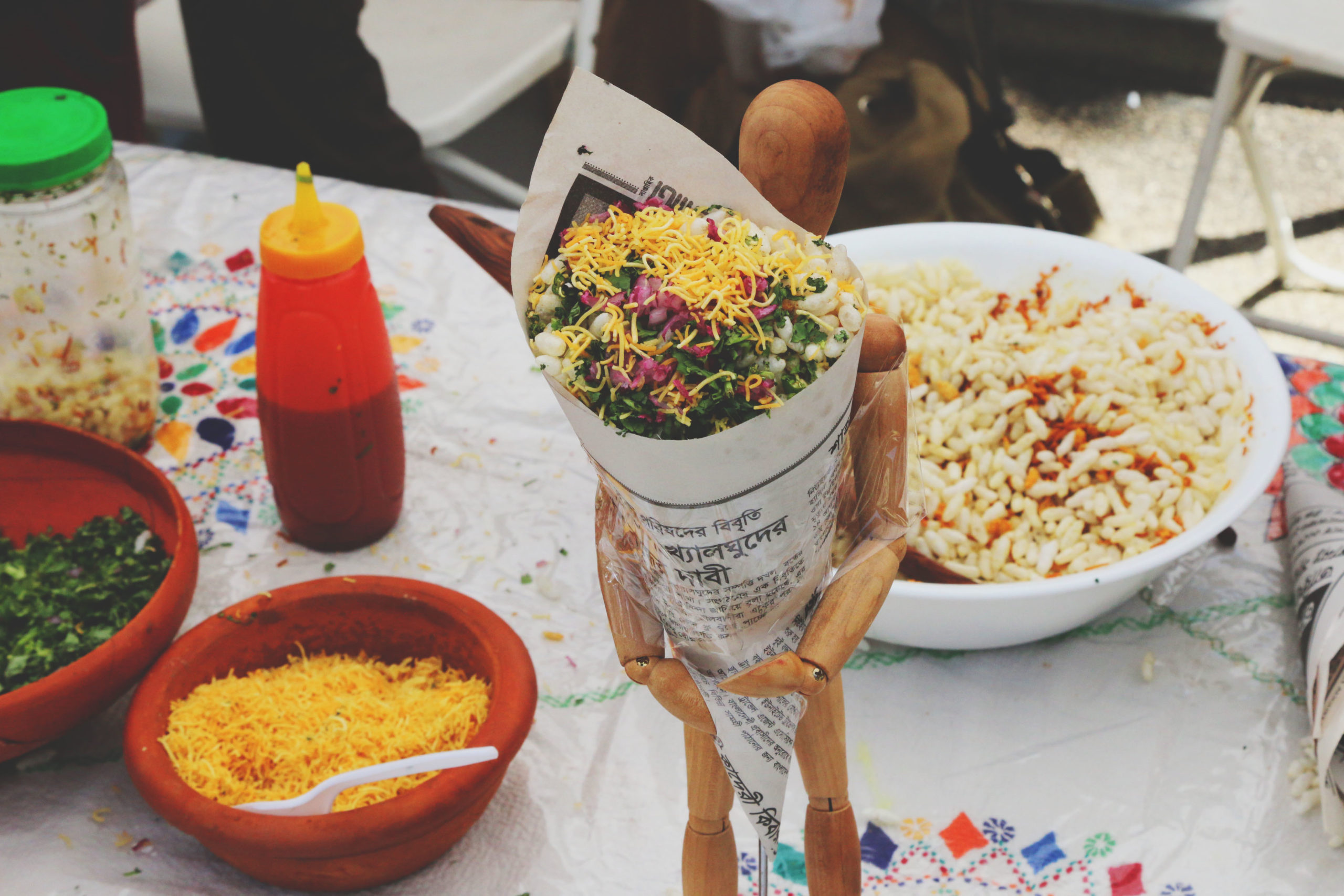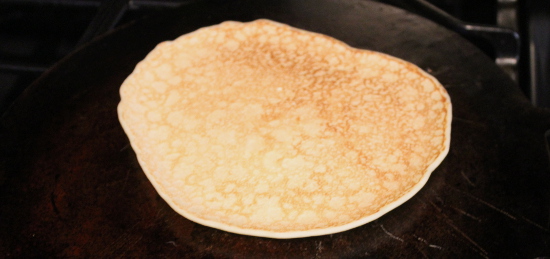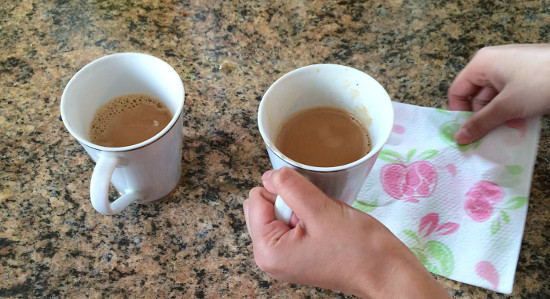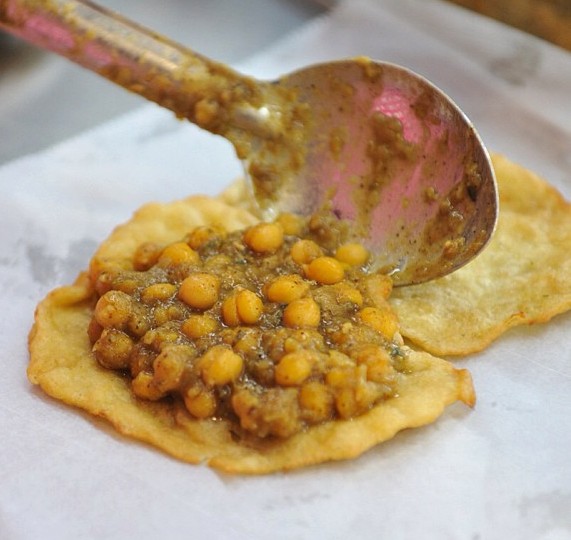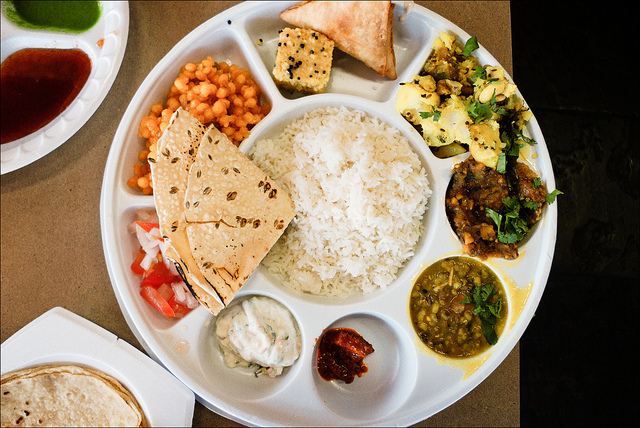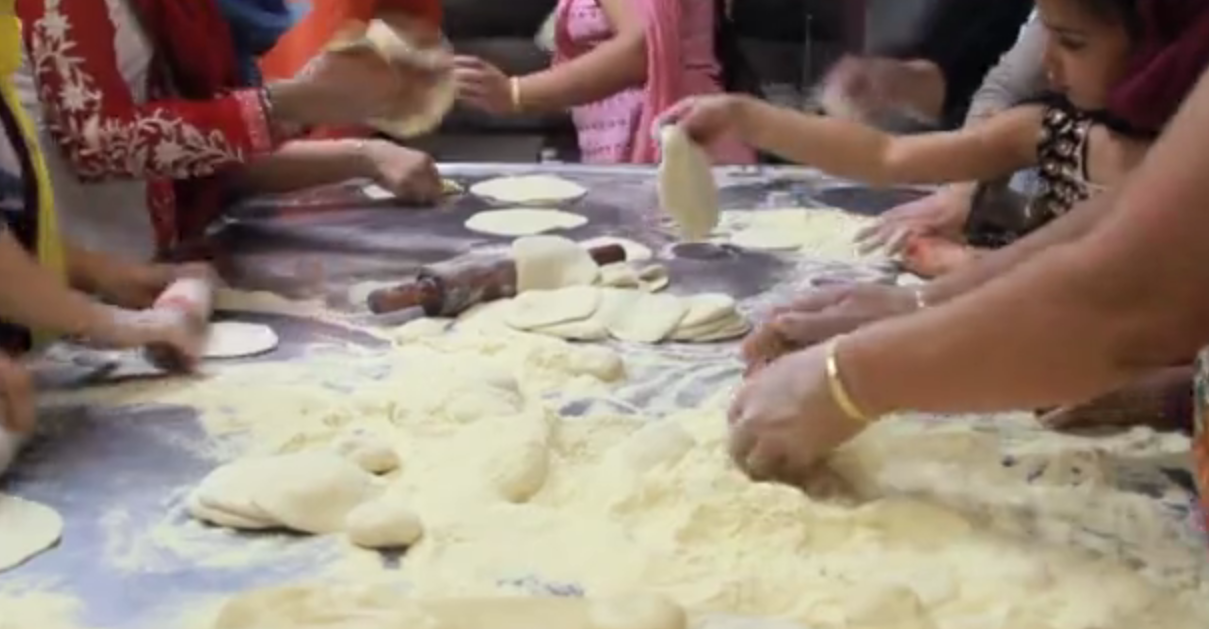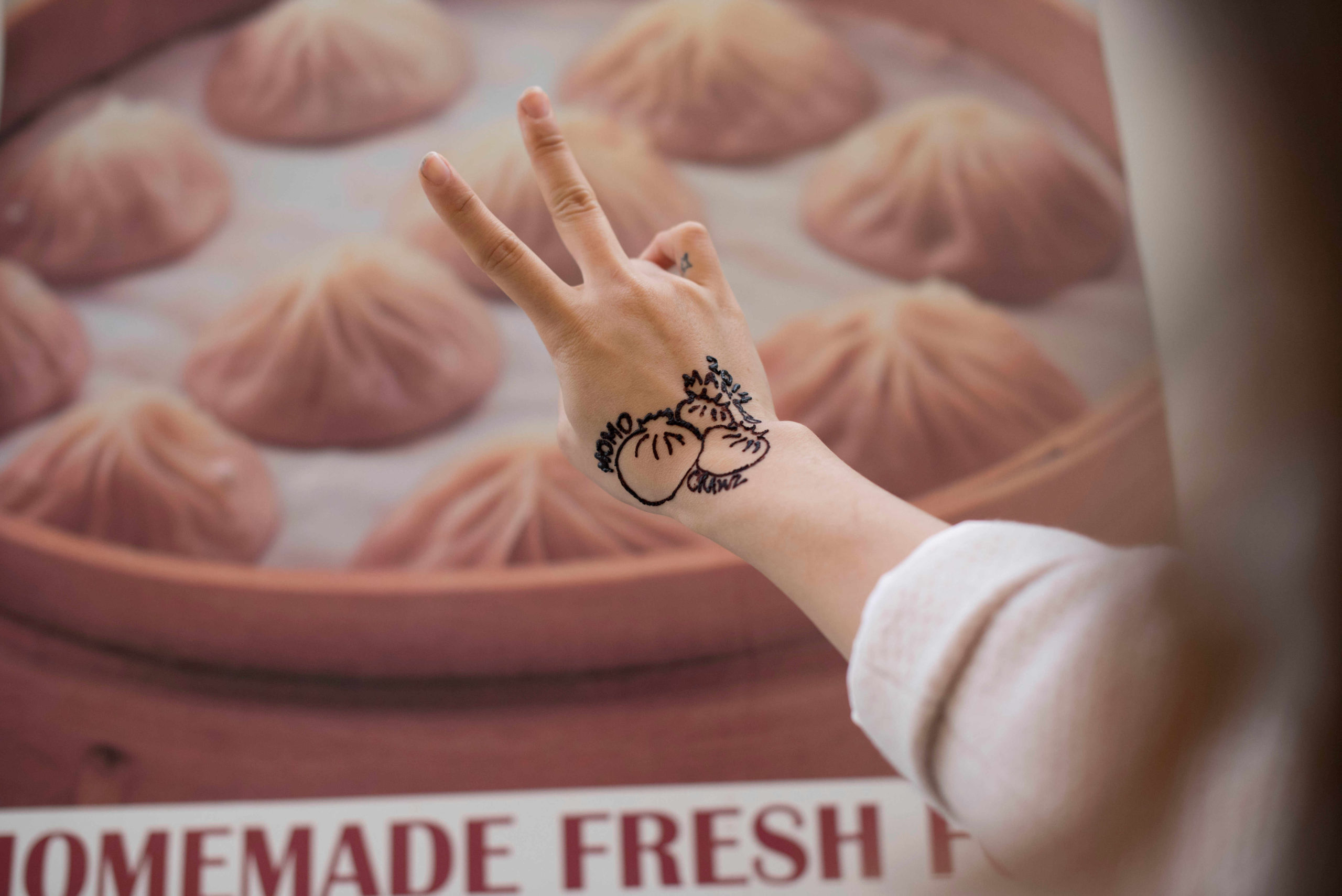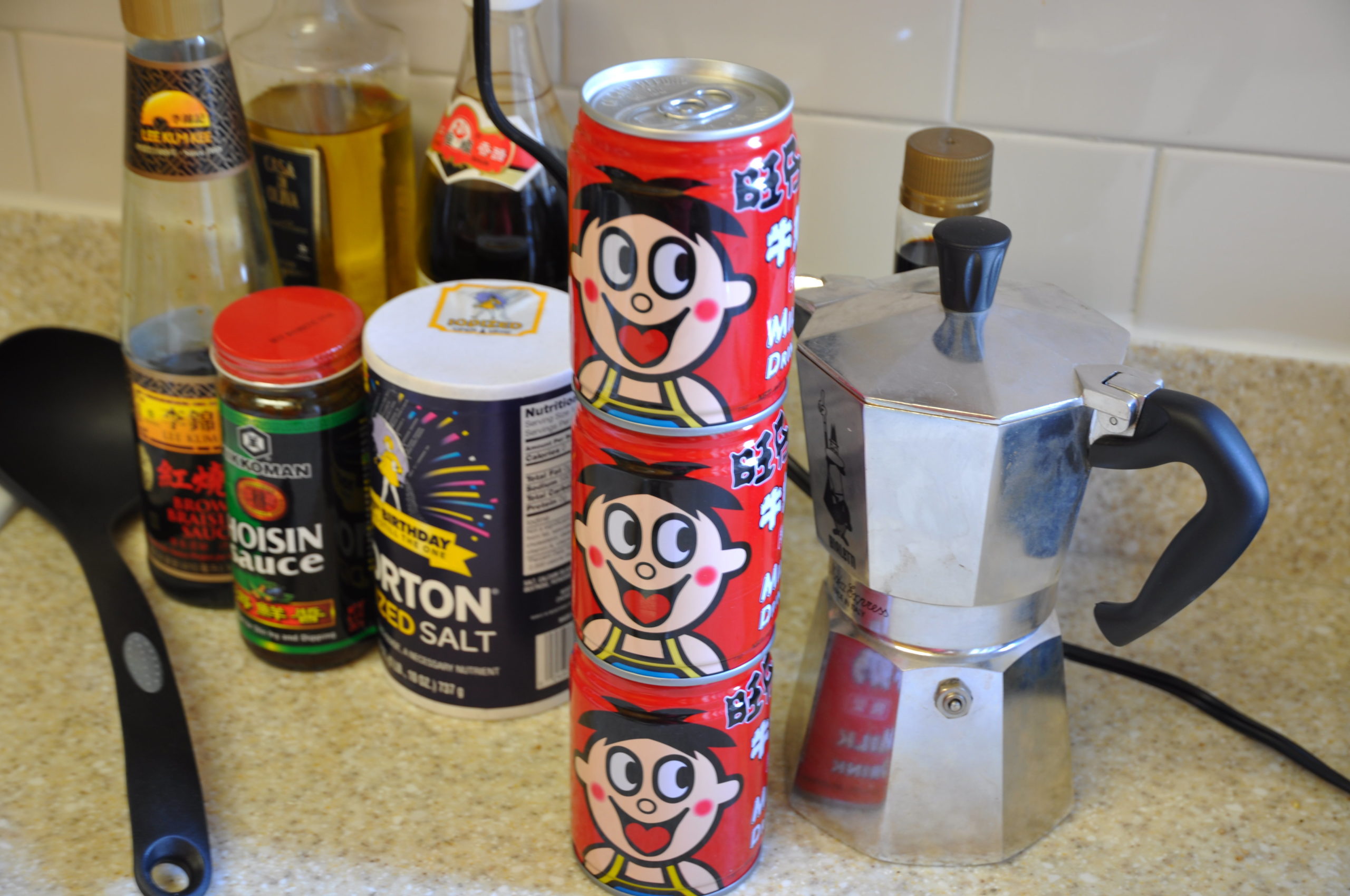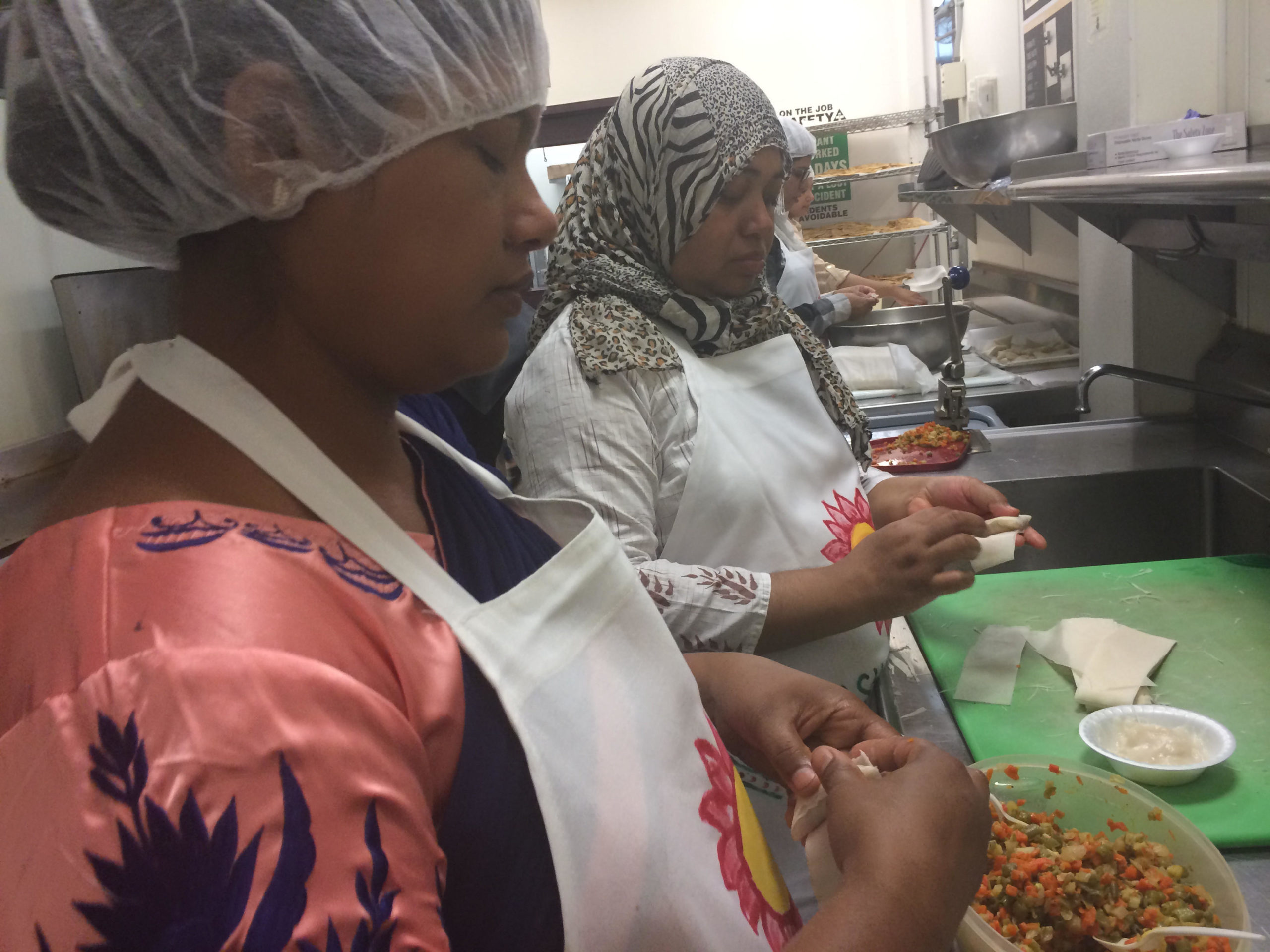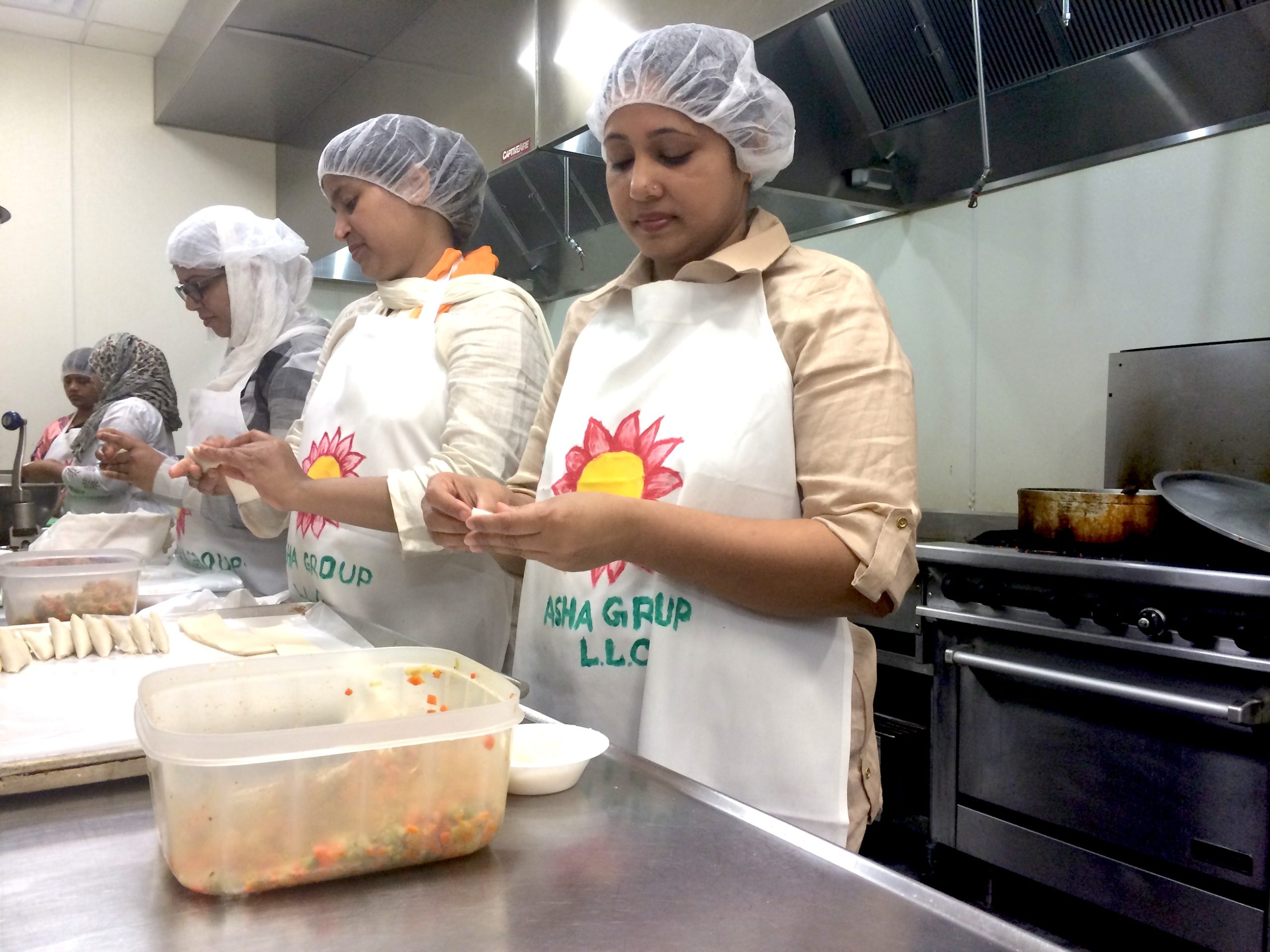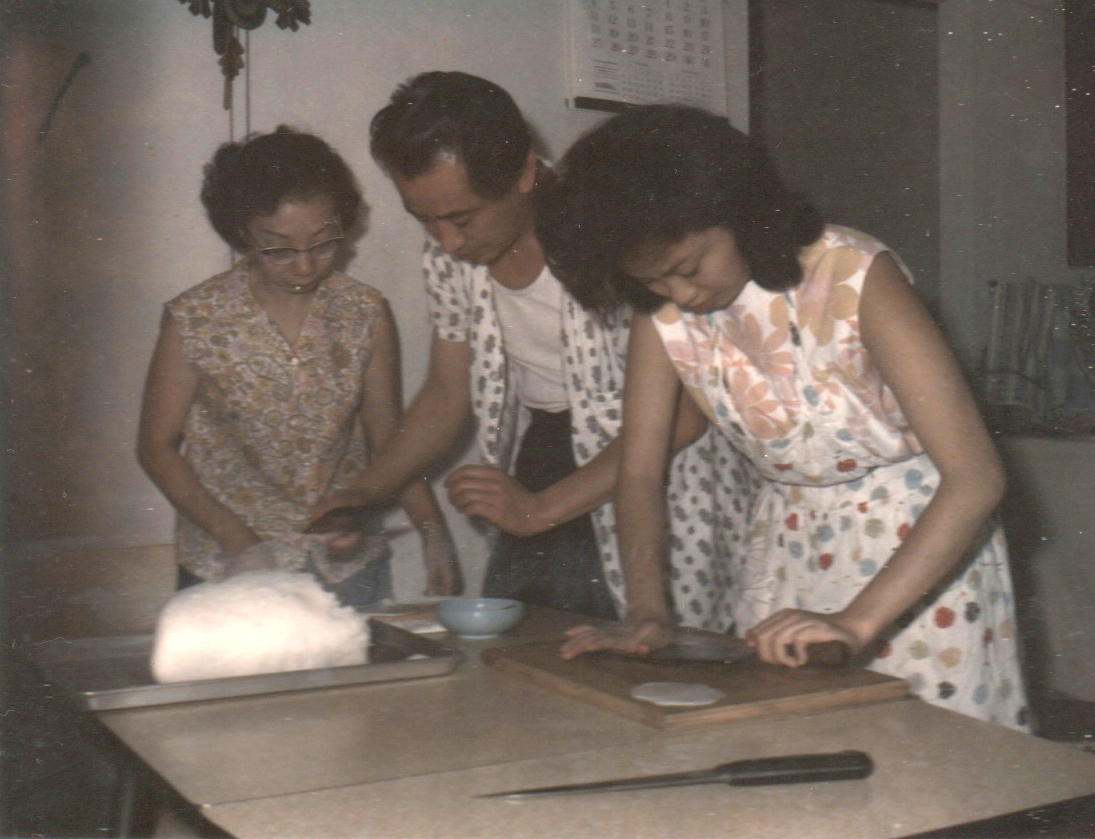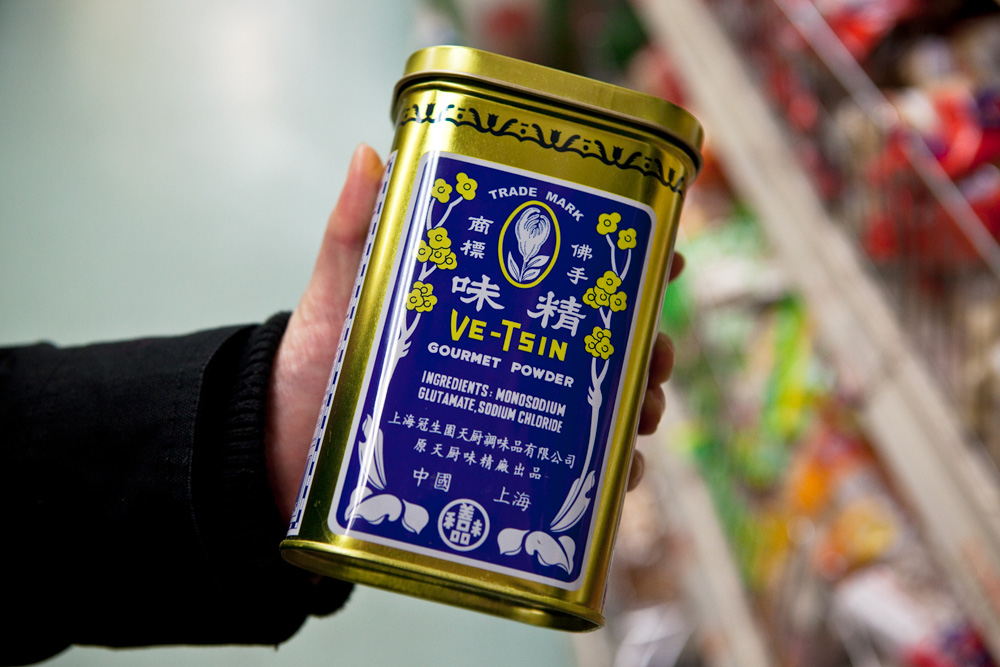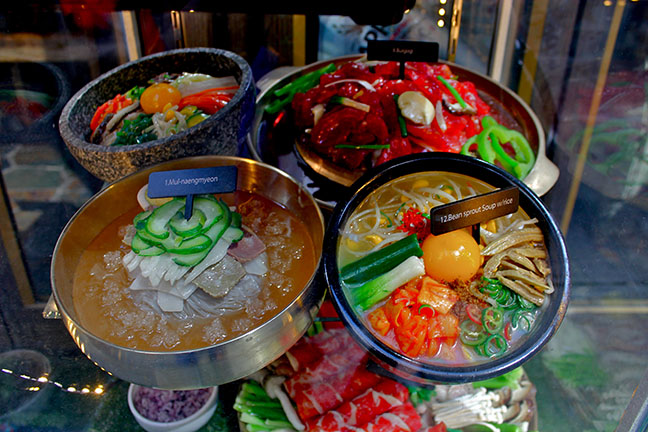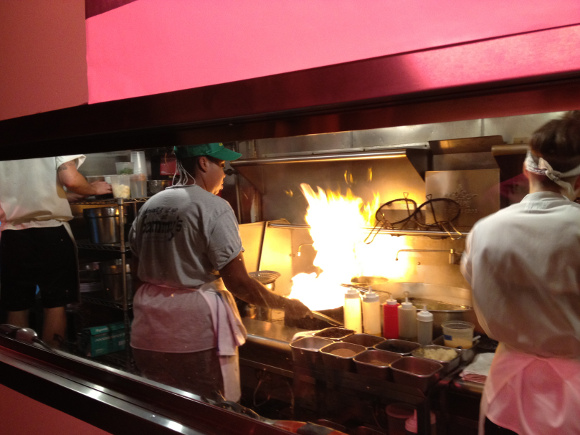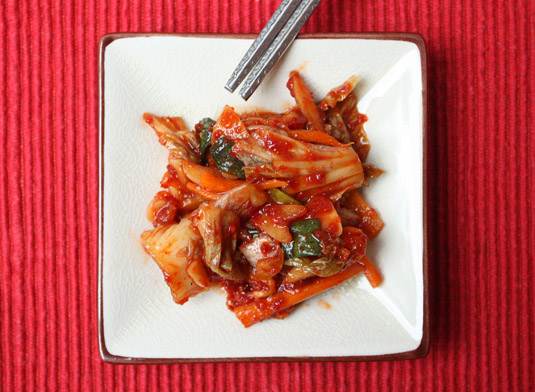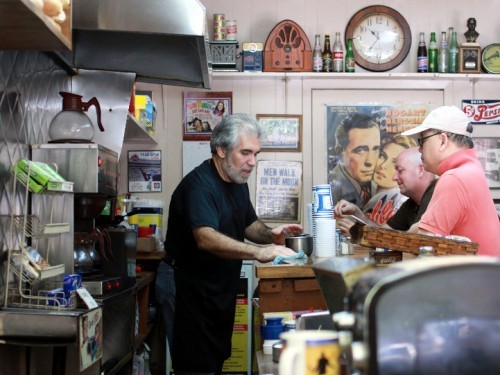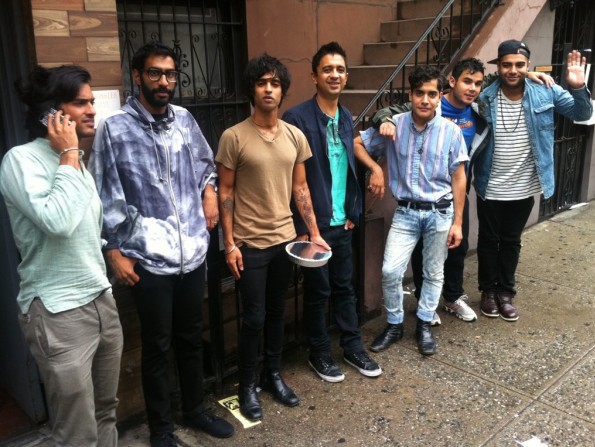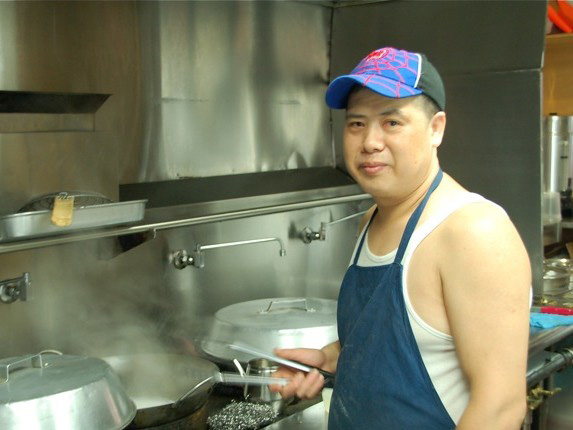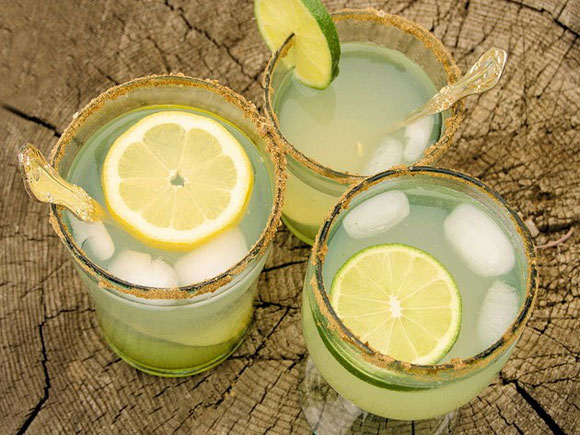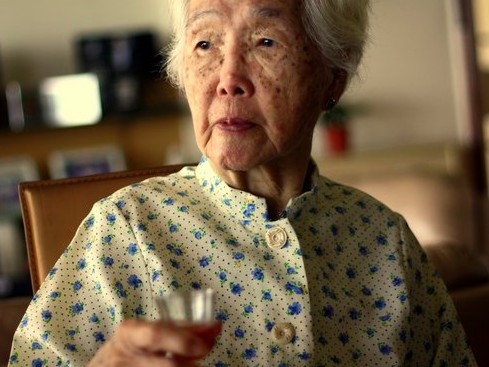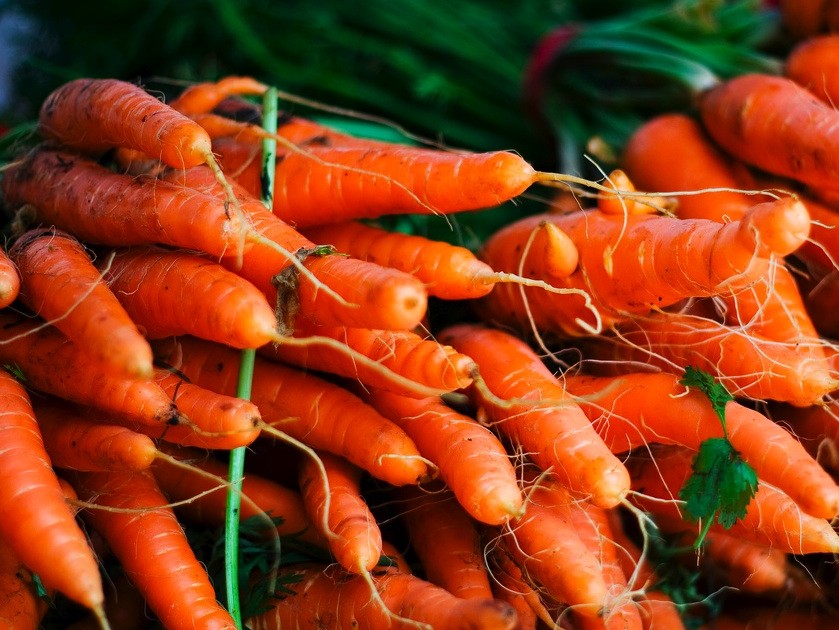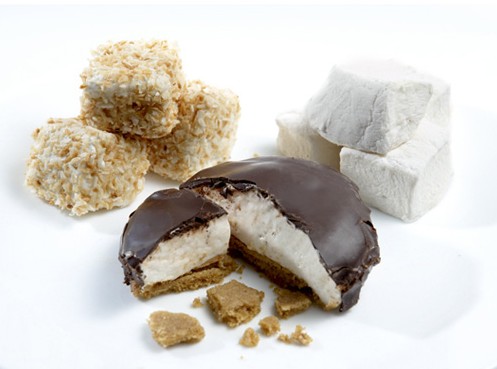I miss tea eggs from the convenience store: / a vat of liquid, warm pebble in hand.
Fifteen pieces on food, home, and love
It is so difficult to live as exposition. This is the strain Su acknowledges, the weight of one’s own footnote.
Paragraph by paragraph I am piecing together the story of my Indonesian family—their trauma and struggle against colonial rule—alongside my dad.
Far from our barrios, mountains, and islands, we cook, so that we may practice swallowing our undesirable truths, acidic and blood-heavy.
There’s no shame in loving durian at this New York City haven.
For some of us, a food is not something we can so easily cast aside before finding a new fad to follow.
This is what happens when writers go food-hunting while learning about a Brooklyn neighborhood
On data, food, and criticality under capitalism and the State.
Cooking provides a familiar focus, even a break, and the possibility to recreate culture and share it in a part of the world that finds her, and people like her, distasteful.
“Surviving Surveillance, Catering to America”: A mother copes with the unjust arrest and incarceration of her son.
Two Bangladeshi New Yorkers share their culture with their city and empower their community through their new street food pop-up.
‘He doubts he has the capacity to uproot himself and start over in a foreign land at this age. But times of war and revolution have a tendency to embolden the meek, to electrify the confident.’
The difference between tea and life back home and over here, according to a Guyanese-American family in South Ozone Park.
Cha, chai or te? A Richmond Hill family’s multiple ways of preparing what Chinese philosopher Lao Tzu called “the elixir of life.”
‘All your potatoes on the ground—you were never meant for this. The camerawoman tiptoes around spilled tubers as she zooms in on your front teeth, tearing open a parcel of dried shrimp. ‘
Many of the neighborhood’s roti shops are located just steps from the A train. For Richmond Hill residents, gyaffing and hot doubles can remedy anything the MTA throws at them.
TV as a battleground for diversity, JiHAE’s newest video, the lack of AA tech execs, and more.
Roti is everyday food in Punjabi homes. At the gurdwara, it takes on a new name and becomes a symbol of service.
A momo evangelist introduces foodies to a lesser known dumpling and to the Tibetans and Nepalese who love them.
Time traveling with a drink find in Chinatown
Buddhist “mercy releases” have long set animals free in ways that may harm them. Parks and animal protection organizations are working to make it better.
Worker-owned cooperatives gain immigrant women more than income. They give them a cure for the “tensions” that harm their physical and mental health.
I said I missed Asia. His elderly friend beckoned to me and showed me his smartphone–a video of a dance performance in China. Little girls singing shrilly. “If you miss it,” he beamed, “Just watch YouTube.”
“It’s always easier to fast with another person. We feed each other our hunger.”
“Our samosas are different because we use fresh vegetables and olive oil,” says Saleha Parveen…“We use long bean, cauliflower, cabbage, potato and carrot. Most restaurants just use old oil and potatoes.”
I often tagged along with my grandparents down the aisles of Chinese supermarkets. While Grandma stuck to purchasing standard items like Saltines or milk to add to her morning coffee, Grandpa knew the secrets of the dried, preserved goods and vegetables tucked away into the stores’ dusty corners.
I know that you’ve had some tough times the past few years. People have called to ban you, to oust you from the kitchen…
Watch the conversation between the BaoHaus bad boy and the Hot 97 host
In the same way that K-Town serves as a rough rendition of Seoul, these plastic replicas dutifully represent their edible counterparts.
Writer Katie Salisbury goes on a quest to Mission Chinese to check out the monster success of Asian hipster cuisine.
A river of dark, red fluids frothed and pooled over drains. Men in green T-shirts scrubbed the floor with brooms as wave after wave of water washed away the sacrificial blood.
Carolyn Sun explores the journey of how kimchi has found its place in America at the tables of Koreans and non-Koreans alike.
If the grocery store is going to be saved, it will need to happen now.
Meet Carmine Morales, the Lower East Side’s last everyman.
Amrit Singh, Vijay Iyer, and Ashok Kondabolu on how to eat (and dip!)
This Sunset Park eatery is known for dishing up the best dumplings in New York City. So why is its owner, Mr. Chen, barely breaking even?
“What makes it halal is the meat.”
A zesty cocktail of lime juice and water.
The scarlet tonic is often portrayed as the city’s modern-day moonshine. The reality? It barely counts as booze.
A stroll through the busiest—and most diverse—bazaar in Queens.
Fluffy, sugary, and animal-free.
Fill your plate with South Indian vegetarian specialties, like dosai layered with chili and coriander chutney and served with a mash of seasoned potatoes.
We would like to collect information during your visit to help us better understand site use. This data is anonymized, and will not be used for marketing purposes. Read More on our Privacy Policy page. You can withdraw permission at any time or update your privacy settings here. Please choose below to continue.

